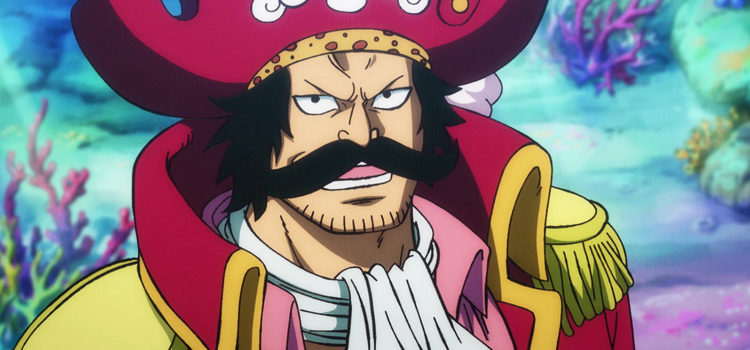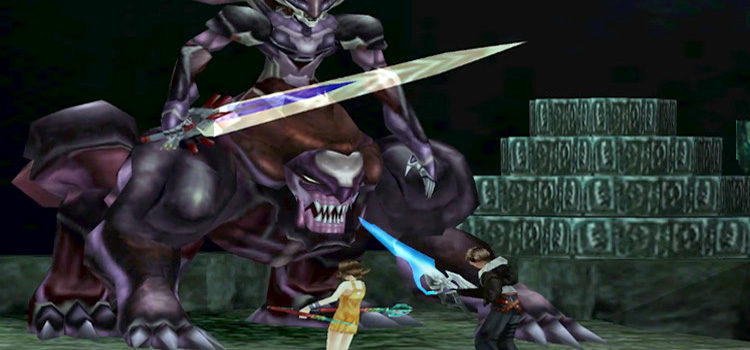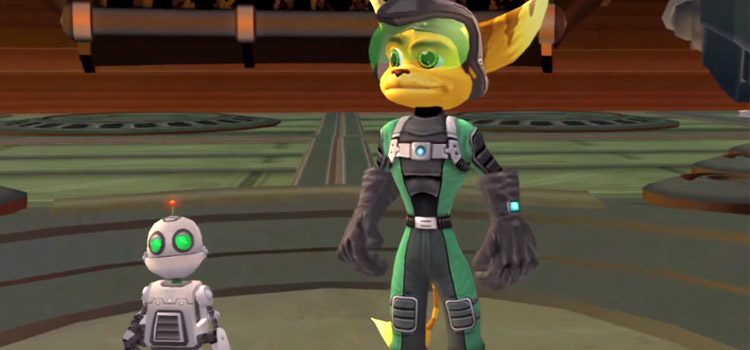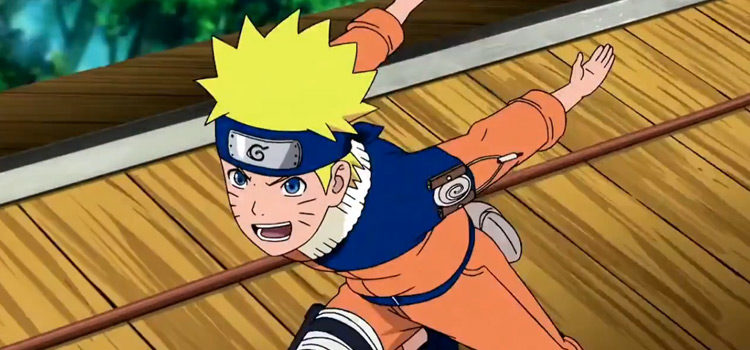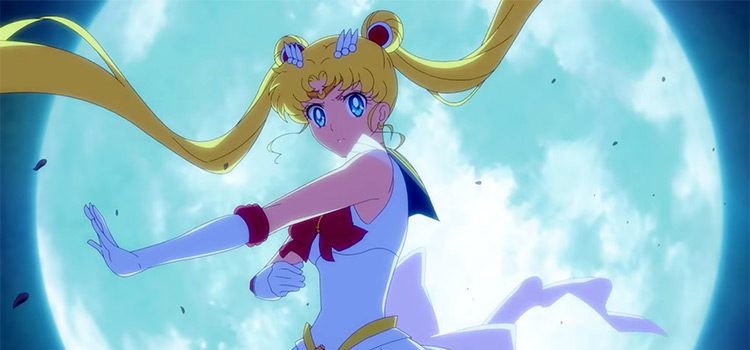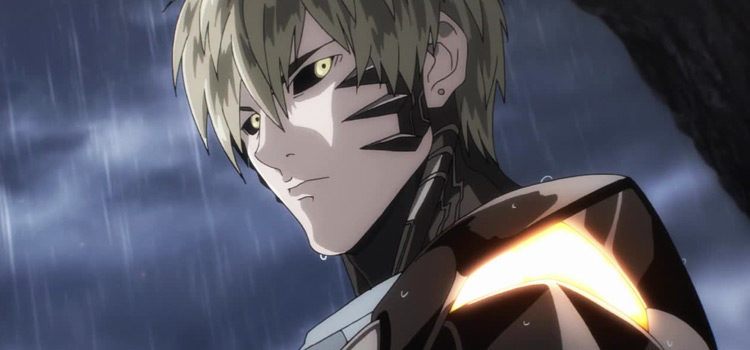Yu-Gi-Oh: Top 20 Best & Most Iconic Archetypes Of All Time
This post may contain affiliate links. If you buy something we may get a small commission at no extra cost to you. (Learn more).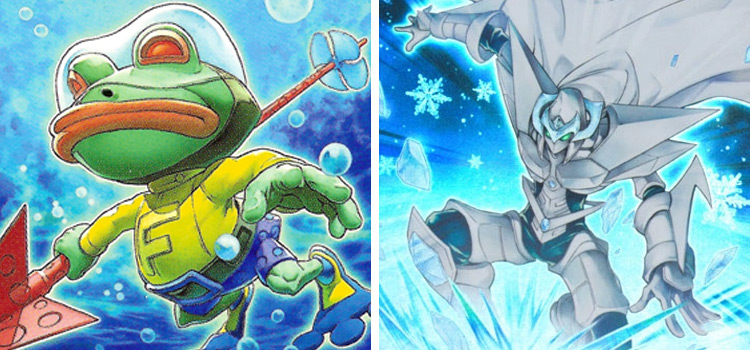
Every player has a deck or two that’s irreplaceable to them.
Whether it was their first deck, or maybe a from their favorite anime character, some archetypes have become widely known among Yu-Gi-Oh! fans.
Over the years, some archetypes have hit the meta like a storm, or taken it over for several months.
On the other hand there are some archetypes that even non-Yu-Gi-Oh players have heard of.
For example, go around asking people if they’ve heard of Blue-Eyes White Dragon and they probably will have – even if they haven’t played Yu-Gi-Oh before.
These three factors have made some decks rise to the top, and others fall into irrelevance, so let’s check out some of these notable archetypes and see which stand out the most.
20. Qliphort
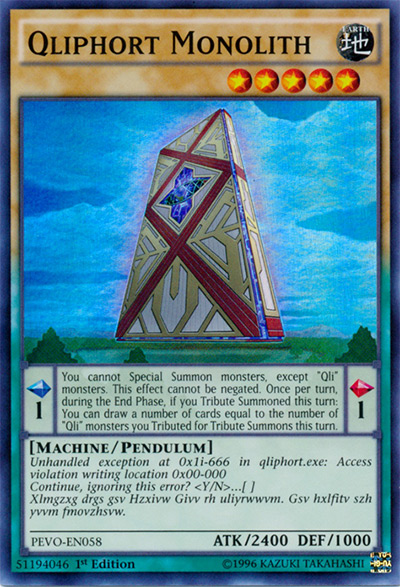
The Qliphort or Qli archetype was introduced back in 2014 in the “The New Challengers” set, and it was quite the annoying deck.
Qliphort decks primarily take advantage of pendulum summoning, using that as tributes for stronger monsters that have effects that activate on summon.
One really annoying variation of the Qliphort archetypes focuses on the card Vanity’s Emptiness, which prevents either player from special summoning monsters.
This drawback doesn’t affect the Qliphort play style, though, since the archetype can rely on normal and tribute summoning.
But after the ban of Vanity’s Emptiness, Qliphort hasn’t been a meta contender since.
19. Red-Eyes
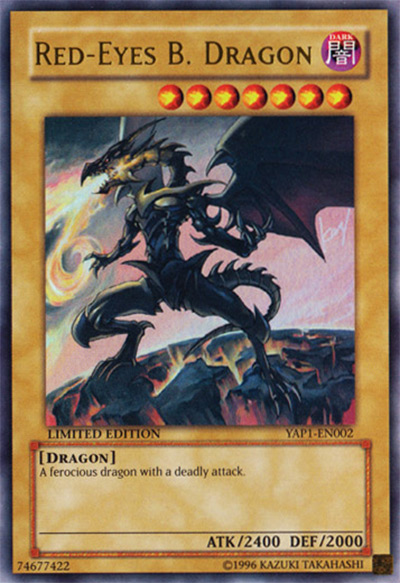
The Red-Eyes archetype was introduced all the way at the start of Yu-Gi-Oh alongside other popular archetypes like Blue-Eyes or Dark Magician.
The Red-Eyes archetype has received some crazy support over the years with cards like Red-Eyes Flare Metal Dragon or Red-Eyes Fusion.
Moreover, the Red-Eyes archetype can either focus on massive effect damage with monsters like Archfiend Black Skull Dragon, or aim to flood the field and overpower the opponent with Red-Eyes Darkness Metal Dragon’s effect.
Although it’s still nostalgic, it is largely overshadowed by the other archetypes of that time, which is why it doesn’t rank higher on this list.
18. Sky Striker
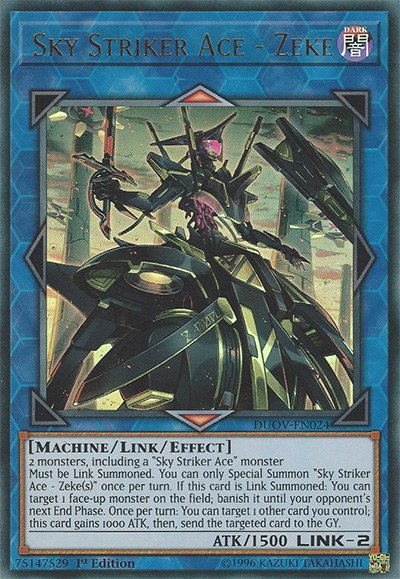
Although Sky Striker is near the bottom of this list, the archetype will most definitely see a resurgence as the ban list has put this archetype back into the meta.
The Sky Striker Archetype is primarily focused on removing threats on the opponent’s board using spell cards.
In fact, the more spell cards you play, the stronger their effect gets.
Similarly, these spell cards are extremely easily recycled since there are tons of Sky Striker cards out there that allow you to add the spell to your hand, or to set them down on the field again.
With the change to make Sky Striker Mobilize – Engage! limited instead of banned, this has become easier than ever.
17. Lightsworn
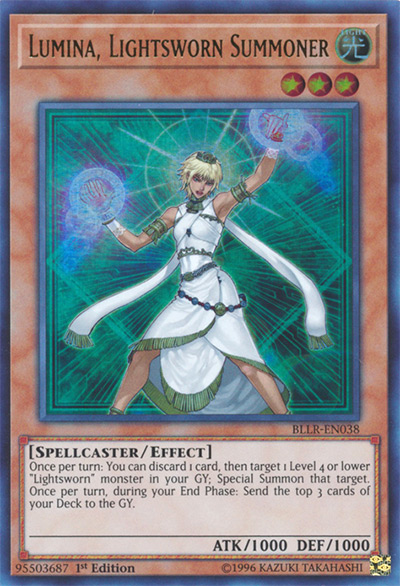
You might not remember Lightsworn perfectly. But do you remember that one deck that kept sending cards from the top of their deck to the graveyard?
Yeah, that was Lightsworn.
Decking out was definitely a risk in this archetype. But Lightsworn decks actually prefer sending a majority of their deck to the graveyard, since it allows them to activate more effects.
The most common win condition of this deck was Judgment Dragon, which lets you pay 1000 life points to send all other cards on the field to the graveyard.
Although this was a really fun deck to play back in the day, there are way too many weaknesses to make this deck actually viable in the current meta.
16. Dark Magician
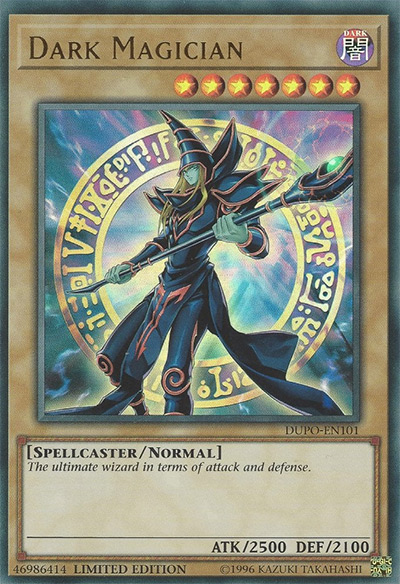
Dark Magician might just be the most popular Yu-Gi-Oh monster out there.
But before the Blue-Eyes fans start freaking out, don’t worry, I haven’t forgotten about you.
The Dark Magician archetype really only took off in the past few years after it received some support cards.
The current state of the archetype focuses on strong monsters summoned using Dark Magician that have high attack and card effects that can easily clear your opponent’s field.
A common way to do this was using Dark Magic Circle to banish a card from your opponent’s field every turn.
The only problem I had with this archetype is that I really think Konami should have made Dark Magician with 3000 attack, so it would be on an equal playing field with Blue-Eyes White Dragon.
Otherwise, it was kind of hard to recommend the Dark Magician archetype over the Blue-Eyes archetype back at the beginning of the game.
15. Blackwing
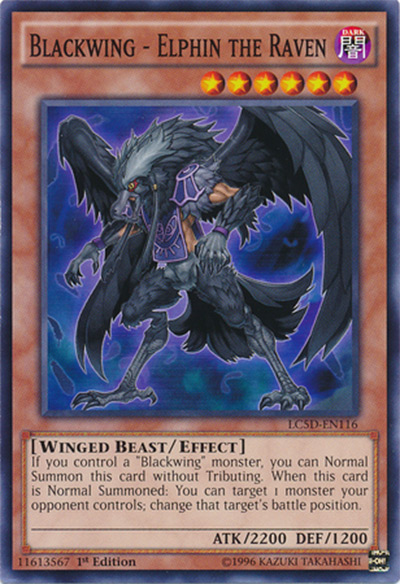
Blackwing is yet another deck made popular by the anime, Yu-Gi-Oh 5D’s in this case, and even I have to admit that it looks pretty cool.
The Blackwing archetype features bird-like humanoid creatures.
In terms of the playstyle, Blackwing focuses on flooding the field with different Blackwing monsters, to go into strong Synchro summons.
In addition to these Synchro monsters, the Blackwing archetype is also well known for its hand traps, with a famous one being D.D. Crow.
This quick and fast playstyle allows Blackwing players to set up their boards very quickly, all while preventing their opponents from playing.
14. Six Samurai
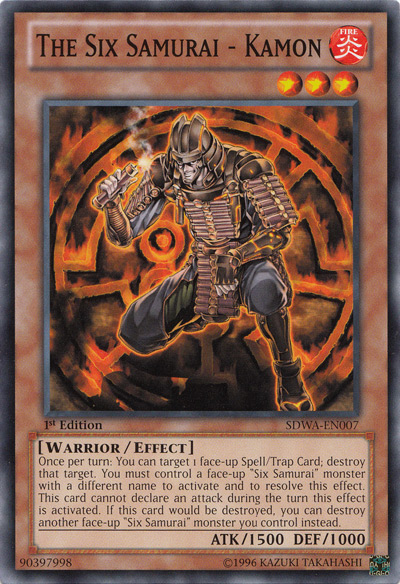
Six Samurai was yet another archetype that quickly rose to the top, but was shut down by the ban/limited list.
As the name suggests, the Six Samurai archetype was based on Japanese samurai – and who doesn’t think samurai are cool?
Anyways, this archetype relied on the spell Gateway of the Six to flood the field and summon Legendary Six Samurai – Shi En, which was quite a game-breaking monster back then.
At the time, hand traps and negates weren’t really a thing yet.
So Shi En prevented a lot of players from pulling off their combos.
Unfortunately, after Gateway of the Six became limited, Six Samurai really hasn’t been the same since.
13. Monarch
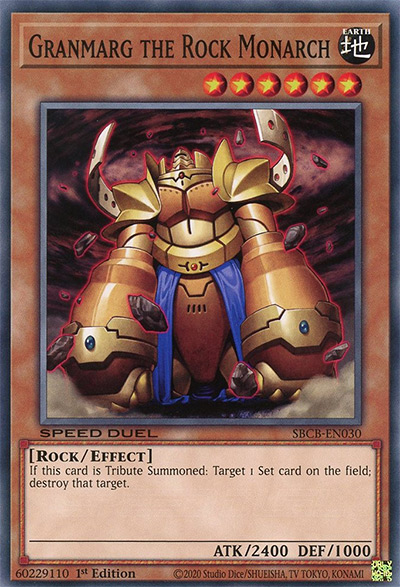
Monarch is quite the intimidating-looking archetype – but it was an extremely powerful deck in the meta when it debuted.
The Monarch playstyle is focused on tribute summoning its monsters, and the effects that activate upon these tribute summons.
Monarch can be an extremely difficult deck to deal with since the monsters can get rid of cards by just being summoned.
Moreover, the attack of these cards is no joke either. So this was definitely a major threat.
During its prime, the Monarch archetype was known for bulldozing over its opponents.
With the introduction of hand traps, Monarch decks have been a little too difficult to play since they are so sensitive to these counters.
12. Frog
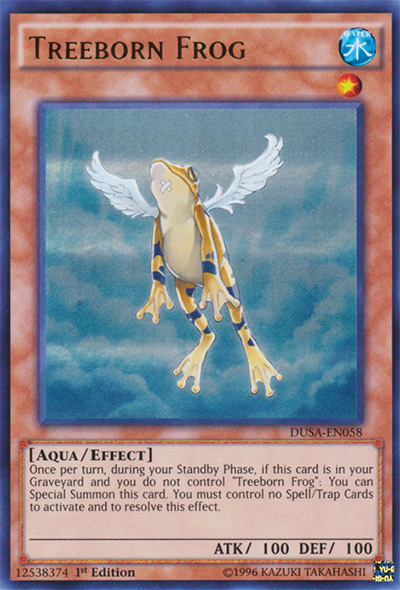
The Frog archetype was quite an annoying archetype – and still is to this day.
I’m looking at you, Toadally Awesome players.
One thing you’ll notice about frog monsters is that they have relatively low attack and defense, which doesn’t make them much of a threat during battle.
However, with powerful cards like Des Croaking, eliminating threats on your opponent’s side of the field isn’t an issue at all.
In fact, your opponent will have trouble eliminating your field since the Frog archetype has effects that revive and bring back other Frog monsters very easily.
Needless to say, I’m sure many players are glad that the frog era of Yu-Gi-Oh is over.
11. Nekroz
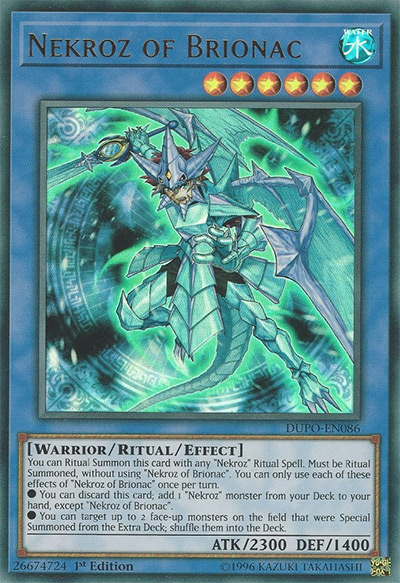
Nekroz took advantage of an interesting summoning method that many players probably have never used in their life: ritual summoning.
Ritual summoning used tributes to special summon monsters, usually with the effect of a spell card.
Oftentimes you’ll find that the levels of the tribute need to be equal or greater to the Ritual monster you are summoning.
In a way, this is similar to Synchro summoning, but uses a spell card instead of a tuner monster.
The Nekroz playstyle greatly hinders your opponent’s extra deck monsters with effects that negate extra deck monster effects or reduce their stats.
Ritual summoning was quite an underused summoning method, so this deck’s conventions were unfamiliar to most players.
10. Zoodiac
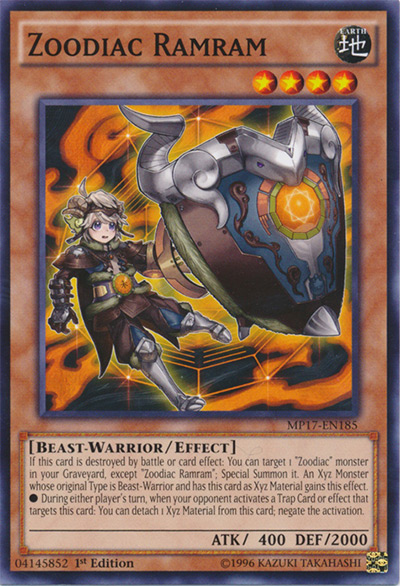
Zoodiac is an extremely powerful and popular deck, and is even still played to this day (in case you wanted to try it out).
Zoodiac monsters are based on the 12 animals from the Chinese Zodiac.
As you may have guessed, the archetype features 12 different monsters.
The Zoodiac archetype is extremely diverse and it provides a huge variety of support for any Beast-Warrior monsters in the form of protection or extra offensive abilities.
One of the most insane parts of this deck is its ability to pull off a combo with a single card.
But like most decks, a lot of the hype around this deck disappeared with the ban of cards like Zoodiac Drident and Zoodiac Broadbull.
9. Cyber Dragon
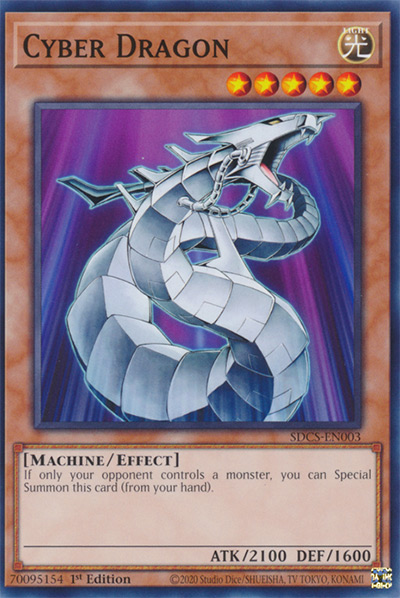
Cyber Dragon has always been known for its power and ability to compete with all sorts of decks throughout the years.
In fact, you could have used a Cyber Dragon deck competitively 2 years ago and still use a Cyber Dragon deck today with no problems.
The main goal of this deck is to bust out as many Cyber Dragon fusion monsters as possible, using the different effects of Cyber Dragon monsters to summon themselves to the field.
However, an exception to this came with the introduction of Cyber Dragon Infinity, – which was a game-changer for Cyber Dragon players.
Cyber Dragon Infinity was infinitely more difficult to deal with, and could absorb any powerful monster if you did not deal with it the previous turn.
8. Shaddoll
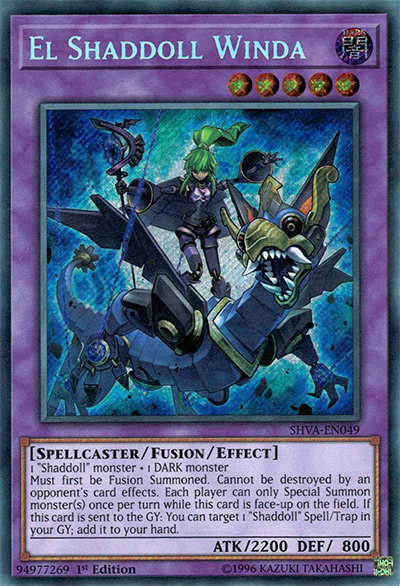
Shaddoll has been around forever. And with the introduction of other engines like Dogmatika, this archetype has seen numerous resurgences with its popularity.
The Shaddoll archetype relies on the abilities of its Fusion monsters to eliminate threats on the field, as well as prevent opponents from playing any effects.
Some of the more popular cards include El Shaddoll Winda and El Shaddoll Construct.
Winda limits both players to special summoning once per turn, which can be a major hassle.
This isn’t really a problem for Shaddoll players since they should already have their boards set up by the time they summon Winda.
7. Dinosaur
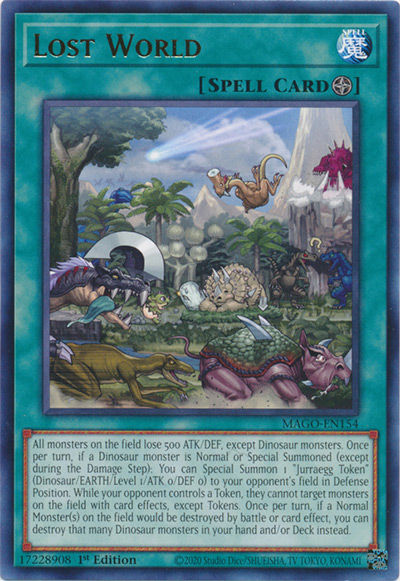
Everyone loved dinosaurs as a child. So naturally, tons of players gravitated towards the Dinosaur archetype when it was first released.
As of this writing, the Dinosaur archetype is one of the hottest decks out there after a lot of cards were removed from the ban list.
The Dinosaur archetype mainly focuses on bulldozing its way through the opponent with monsters with very high attack stats.
One of the most popular monsters in this archetype is Ultimate Conductor Tyranno, which can single-handedly wipe out your opponent.
If you do plan to play any deck from this list, Dinosaur would be a great option.
6. Dragon Ruler
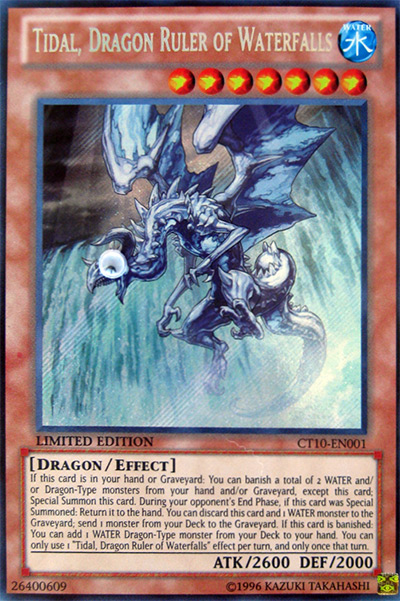
Dragon Ruler might have been the strongest deck in all of Yu-Gi-Oh’s history, and it now has been banned into oblivion.
Dragon Ruler features two different sets of dragon monsters:
Baby versions, and then adult versions.
The main goal of the archetype was to flood the field with the adult dragons, which could then be used to destroy different cards on the board as well as act as material for extra deck monsters.
This deck was so powerful that Konami had numerous revisions to this archetype, by first banning the baby dragons, then limiting the adult dragons.
But even that proved to not be enough, so Konami finally banned all the adult dragons except for Tempest, Dragon Ruler of Storms, leaving the archetype basically unplayable.
5. Exodia
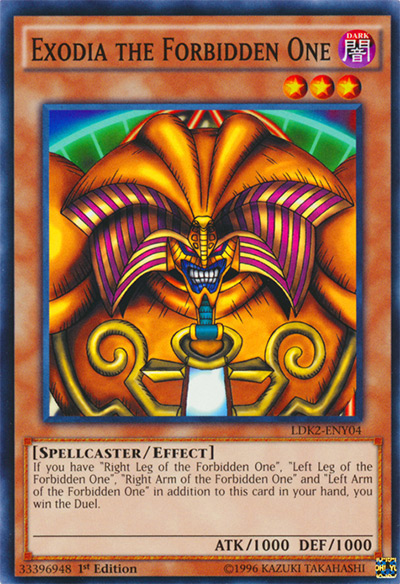
Whether you recognize Exodia for its overwhelming popularity or from the infamous Kaiba scene from the Yu-Gi-Oh anime, everyone has to admit that Exodia is iconic.
If you somehow don’t know about this, the Exodia archetype’s goal is to get all pieces of Exodia into your hand, and then you automatically win the duel.
There are tons of variations of this deck, some using Mystic Mine, Heart of the Underdog, or my personal favorite, Appropriate.
Even so, I won’t deny that facing an Exodia player might be one of the most boring things in the world – since you might not even get the chance to play a single card.
4. Performapal Performage
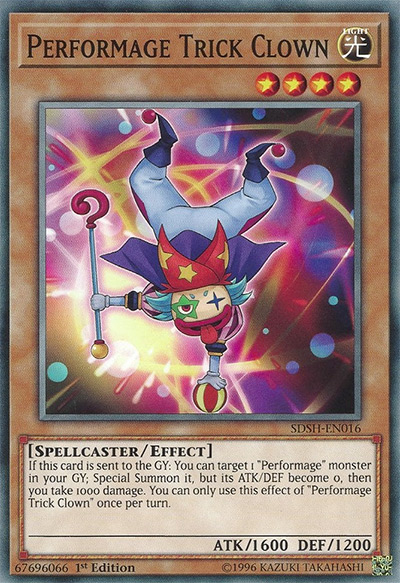
Performapal might have been one of the archetypes Konami didn’t bother testing out before its release due to how unbalanced and overpowered it was.
Don’t be fooled by these monster’s cute circus themes, since they pack a hard punch.
This archetype has a frighteningly large amount of support cards – and this plays perfectly with the powerful Odd-Eyes cards used by the protagonist of the Yu-Gi-Oh Arc-V anime.
By taking advantage of Pendulum Summoning, Performapal was easily able to flood the field with powerful monsters, with numerous monsters boosting everyone’s attack even further.
This deck was such a big deal that Konami released an emergency ban list following the release of this deck.
3. HERO
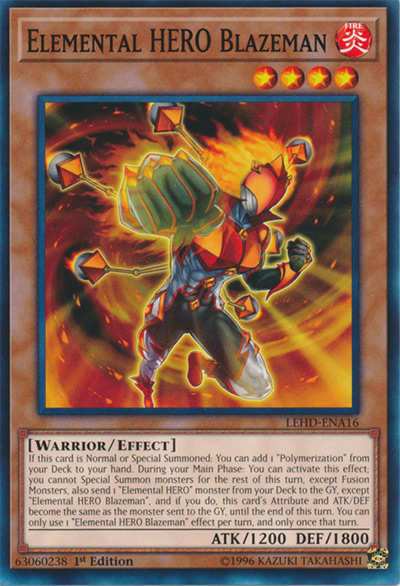
Everyone loves heroes, right?
I mean, there’s a reason why superhero movies drive so much cash every year.
Add in the fact that this deck was used by the main character in Yu-Gi-Oh! GX, and you have a recipe for success.
The HERO archetype actually has more sub-archetypes, but the one we’ll be focusing on is the Elemental Hero archetype.
One of the better versions of this archetype used the Masked HERO monsters, by taking advantage of Masked Change.
These monsters had powerful effects that limited what your opponent could do.
For example, Masked HERO Dark Law removes your opponent’s certainty of having specific cards available to use in their combos.
2. Blue-Eyes
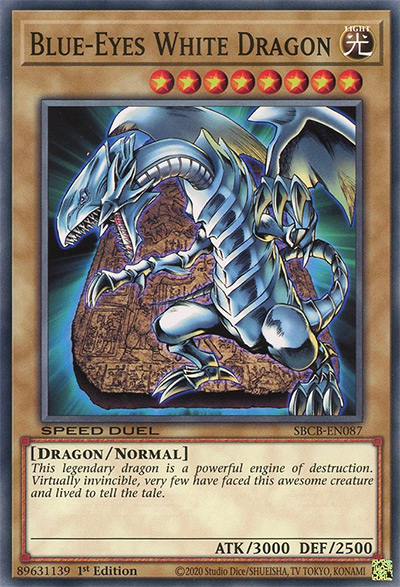
If any random stranger knows a Yu-Gi-Oh monster, then 11 times out of 10, it’s going to be a Blue-Eyes White Dragon.
Being one of the first archetypes released alongside Dark Magician, the Blue-Eyes archetype was the heavily favored one, simply because the monster had more attack.
But like Dark Magician, Blue-Eyes has received tons of support over the years, which made it one of the best decks for a period of time.
This is generally known as a control deck, which destroys your opponent’s cards and locks down what they can do on their turn.
Throw in an insanely high attack for all their monsters and it’s easy to see how Blue-Eyes became a really powerful archetype.
1. Burning Abyss
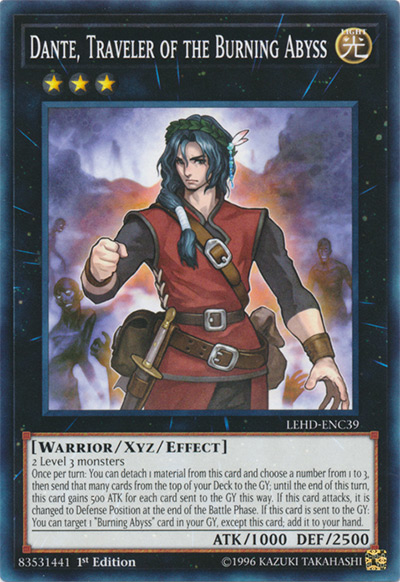
Now I don’t know what was going on during the release of Burning Abyss, but it seemed like there wasn’t a single Yu-Gi-Oh player who wasn’t playing Burning Abyss.
This featured demonic-looking monsters and is by far the most used Yu-Gi-Oh deck of all time, with players even still using it today, 7+ years after its release.
In fact, it stood at the top of the charts of popularity for a good 5 years before it started slowing down.
Burning Abyss was known for its combos that generated huge card advantages with Dante, which allowed it to summon powerful generic extra deck monsters, like Decode Talker and land consistent blows to the opponent.
Literally no matter what Konami did, the Burning Abyss archetype simply changed and evolved to adapt to the meta.
